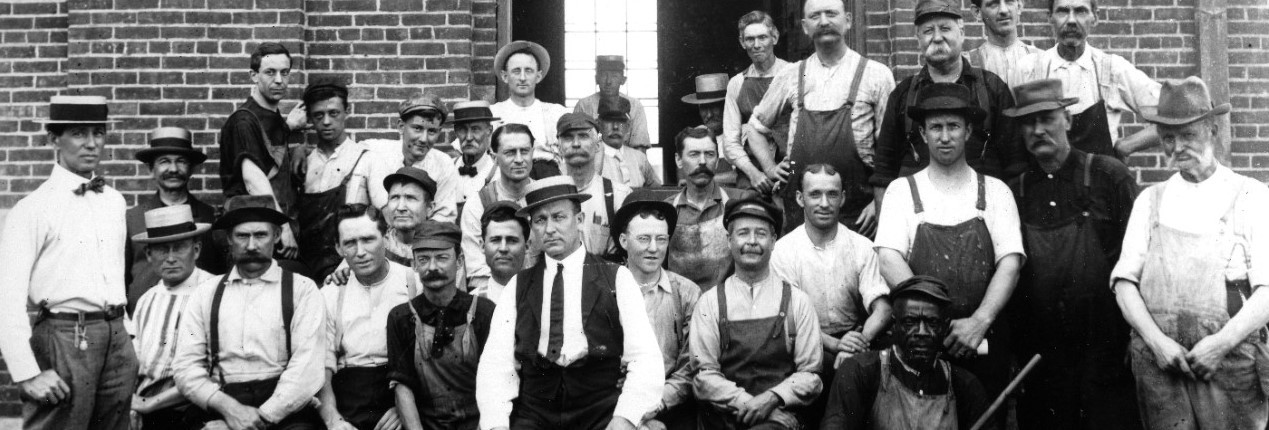
Civilian Workforce
Civilian Workforce
To support the Washington Navy Yard, a civilian workforce was needed. When the Yard opened, approximately 200 civilian workers were employed to perform traditional work with shipbuilding and refurbishing. In the early years, the Yard gave the District of Columbia balance and was its chief manufacturer. Most of the employees lived close to the Yard due to transportation. Before the Civil War, approximately 1,100 workers were employed, which included African-American employees such as Michael Shiner. During the Civil War, the economic stresses were beginning to show. Following Union success, the Yard downsized until the eventual establishment of the Naval Gun Factory in 1886. Experiencing a rebirth, the Yard became a focus of innovation and technology, though due to the mass production, work was being contracted to other locations.
Upon United States’ entry into World War I, the Yard was employing approximately 6,000 workers in three shifts, which included women in the Yeoman (F) rating and African-American women hired for yard labor. Some of these women would remain at the Yard as civilians for years after the war. The postwar environment saw a decrease in workers at the Yard and a reduction of work hours. In April 1932, the first Civilian Personnel Division was established to centralize the Yard’s employment process. The outbreak of World War II brought employment to the Yard, which was at an all-time high in 1944 with over 20,000 employees. Not unlike World War I, women answered the call to help the country in the time of war. These women served by joining the military as Women Accepted for Volunteer Emergency Service (WAVES) and with civilian women helping to manufacture weapons and ordnance as a Woman Ordnance Worker (WOW). In December 1945, the Washington Navy Yard’s name changed to the U.S. Naval Gun Factory.
In 1949, the Classification Act was passed by Congress and established the General Schedule (GS) and Wage Grade (WG) classifications for Federal Employees. The following year, women again answered the call to support the Korean War effort with many working at the Yard. With the emerging Cold War, drills were periodically held, adding to the stress of completing production on time. Adapting to make guided missiles, the Navy changed the Naval Gun Factory’s name to the United States Naval Weapons Plant in 1959. Along with the downsizing and outsourcing of ordnance and weapons production, the Navy reverted the name back to the Washington Navy Yard in 1962. Despite production being stopped, the Yard has since become a central administrative location for the Navy in the Washington, D.C. area.
Image: UA 42.07.01: Washington Navy Yard Workers, pre-World War I. U.S. Naval History and Heritage Command Photograph.



